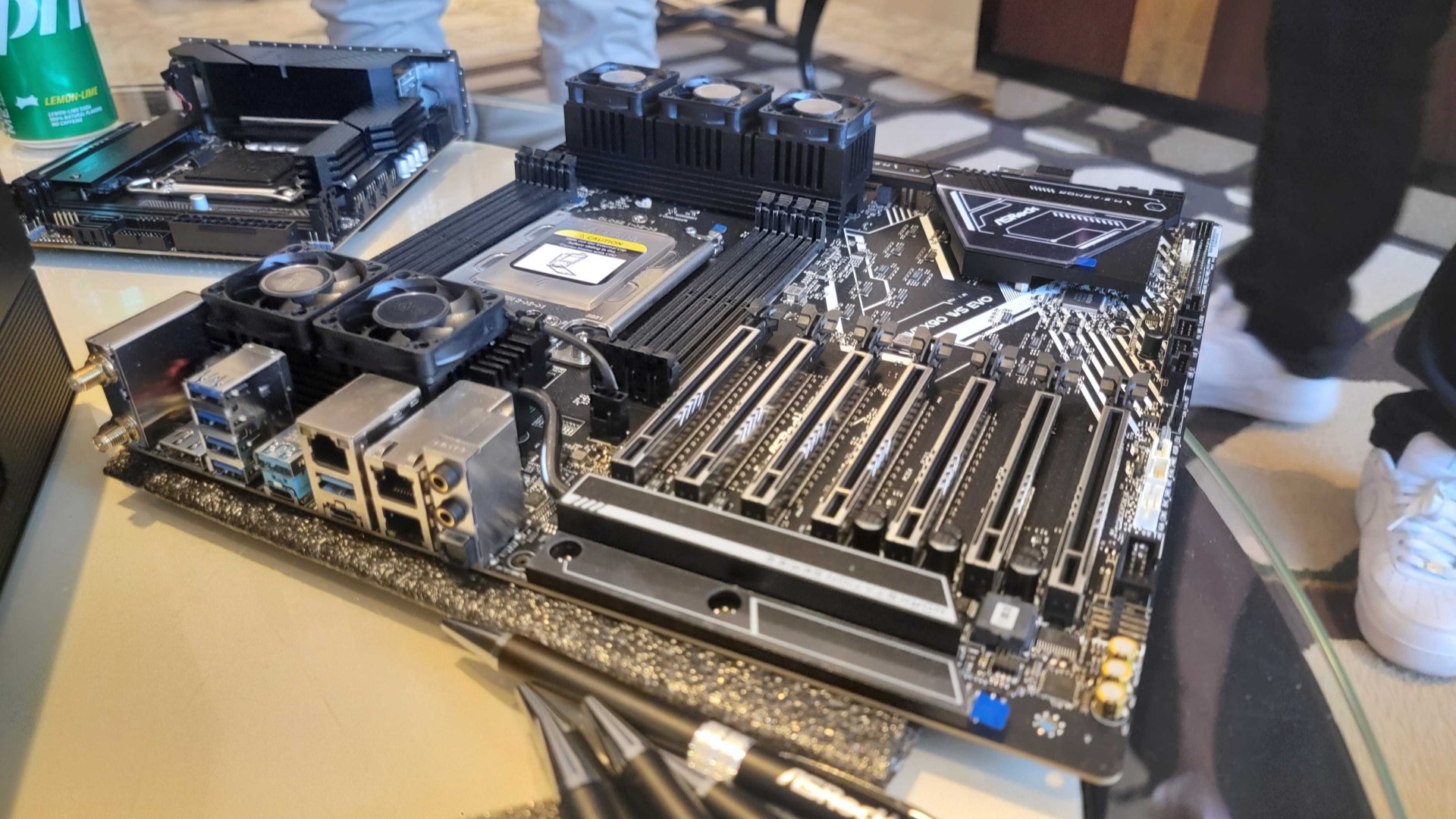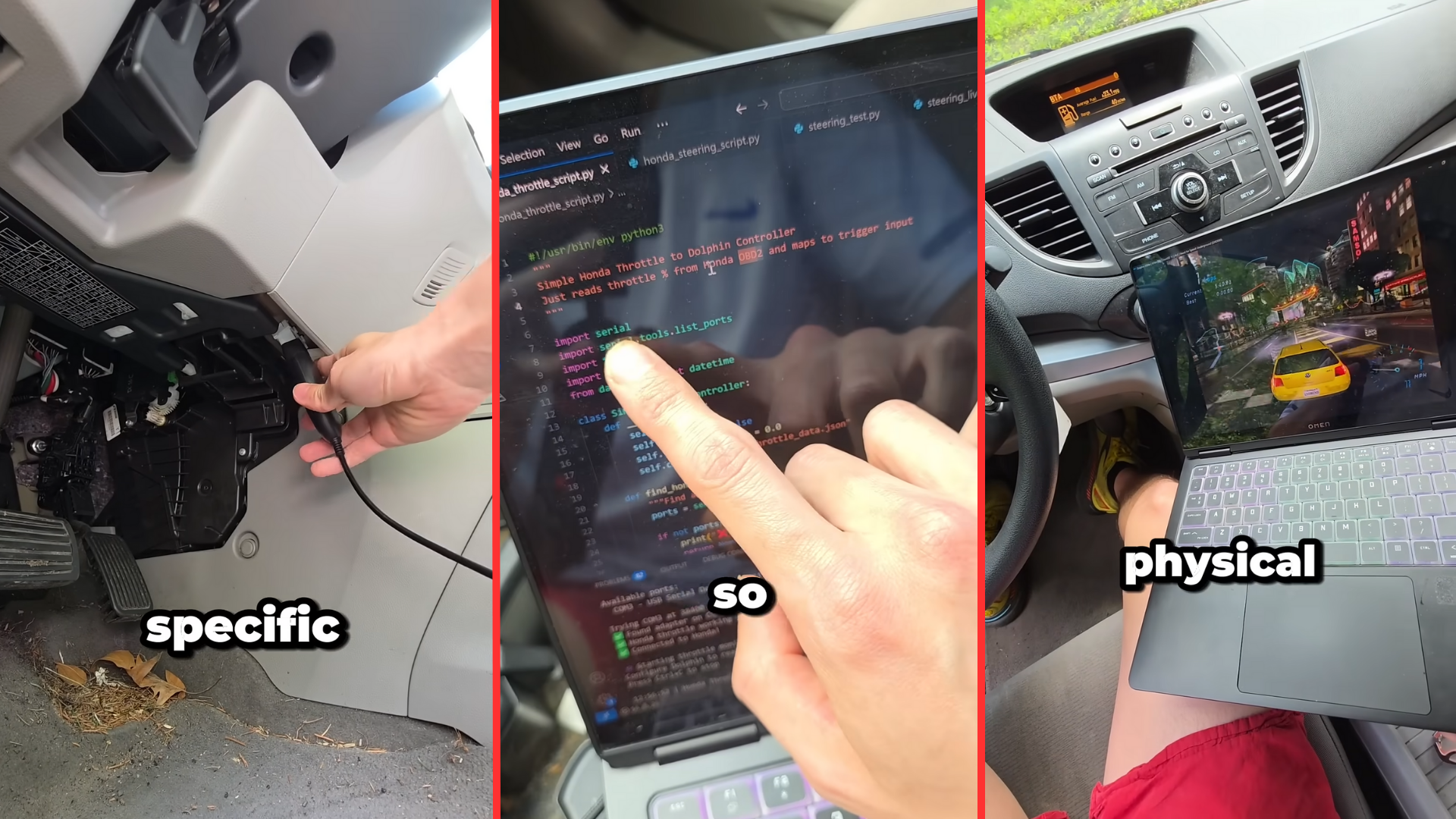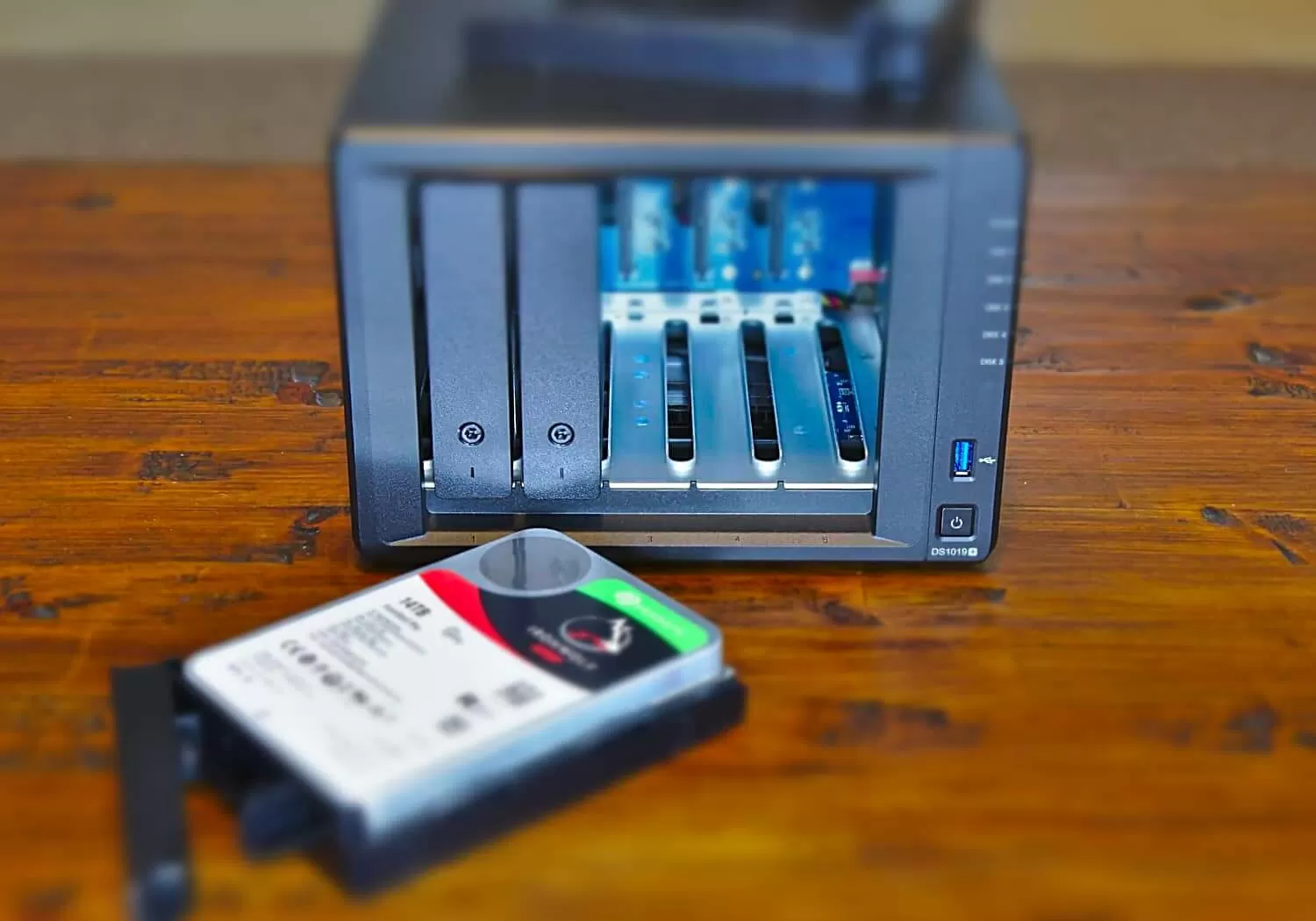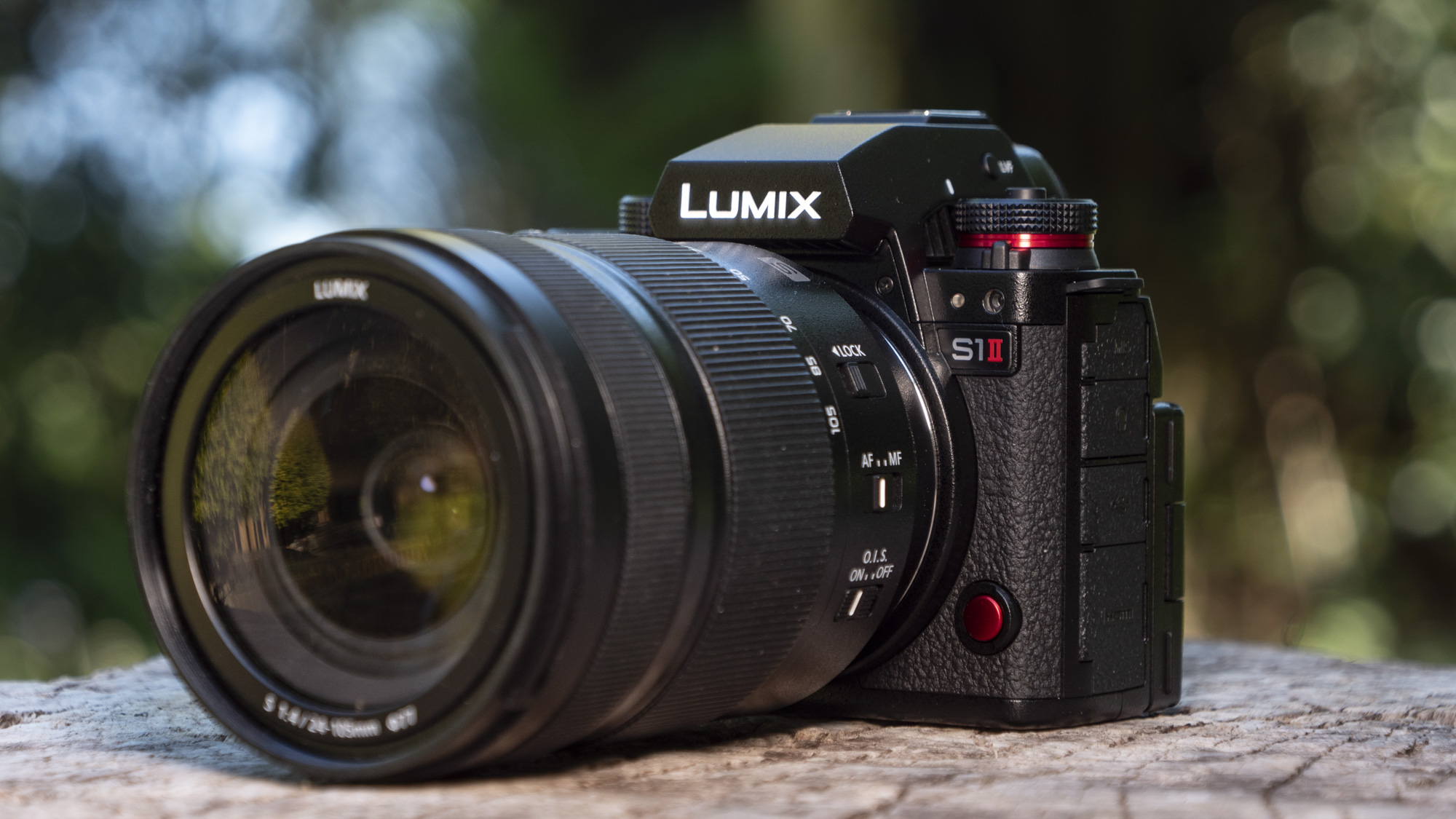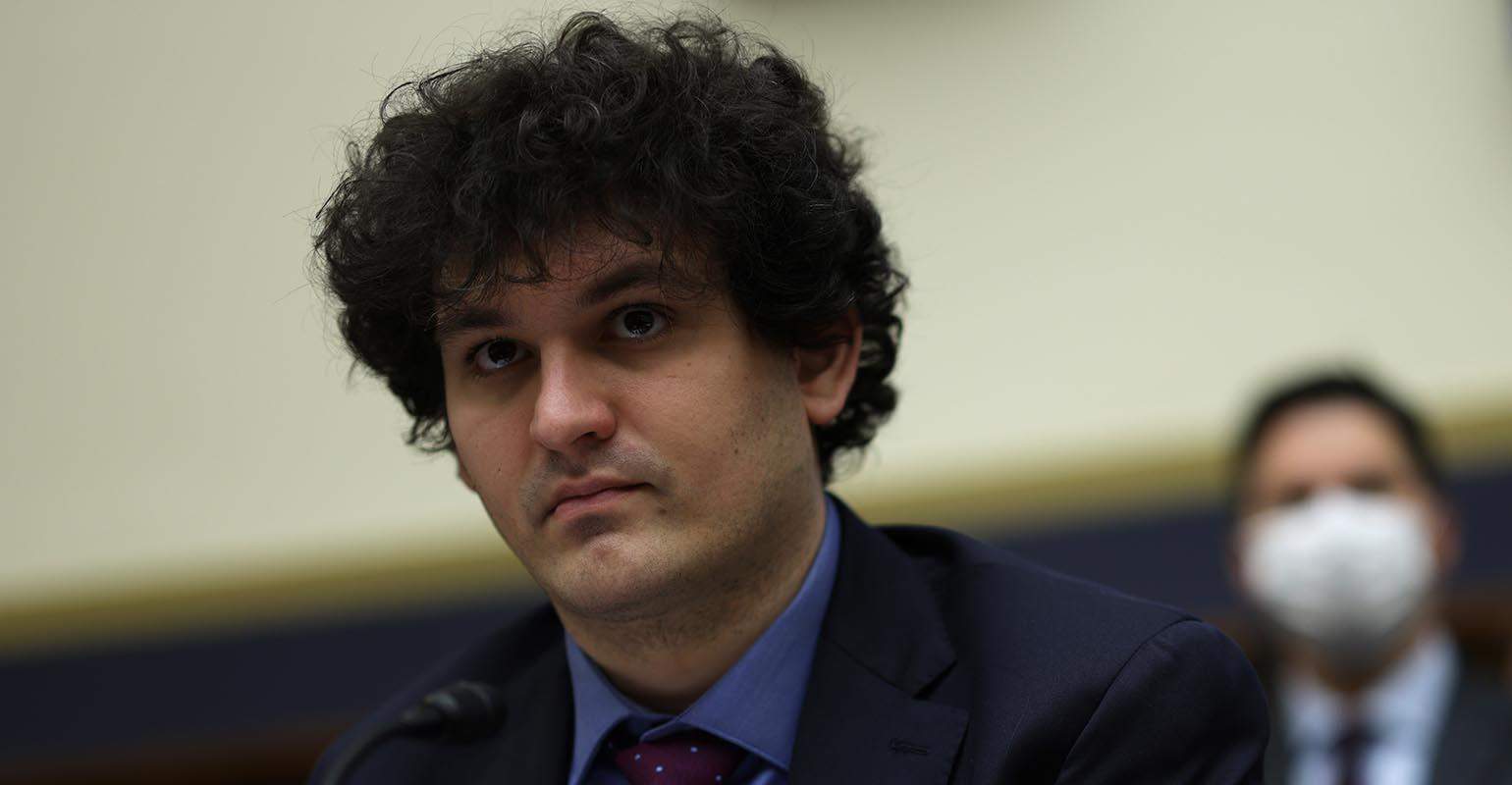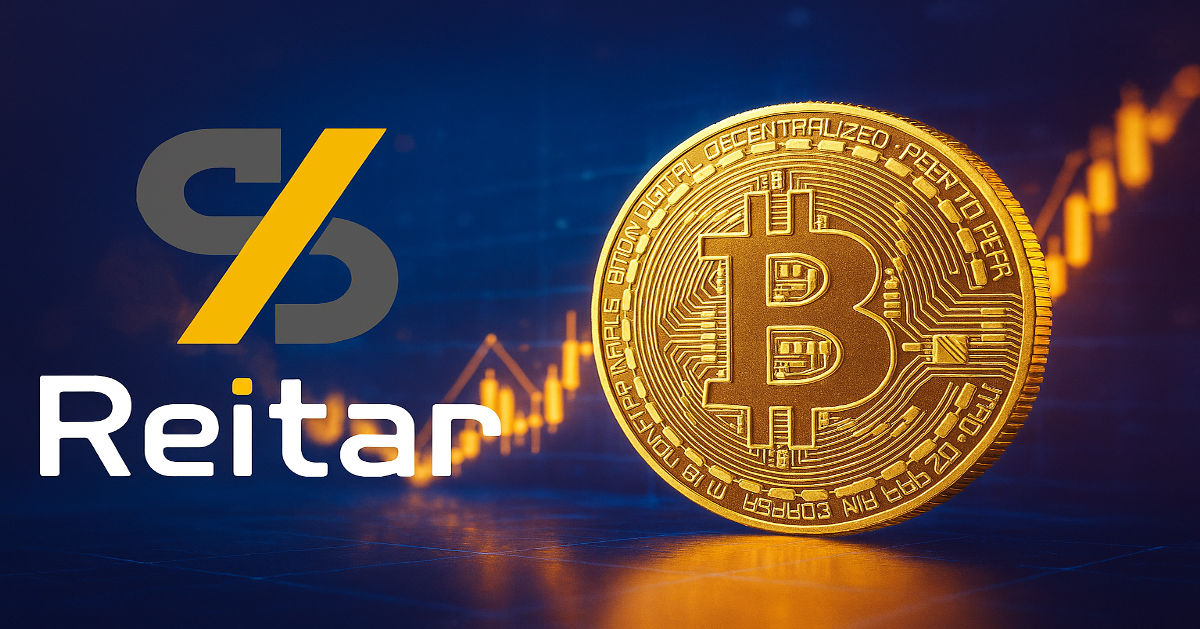High Fees, Big Wallets, but Real Momentum: The Plasma ICO Explained
Santiment believes that Plasma's sale is a marker of maturity in crypto, contrasting today's investors with the hype-chasers of previous cycles.

Stablecoin blockchain project Plasma raised $500 million in its token sale, ten times its initial $50 million goal. These explosive numbers were not just a flashpoint in crypto fundraising – it signaled something deeper: the beginning of a broader alignment between the decentralized world of crypto and the structures of global finance, according to Santiment.
Plasma’s public sale, hosted on Cobie-backed Sonar, was oversubscribed within minutes, which prompted organizers to double the cap from $250 million. The rush of capital showed that large investors are increasingly looking beyond meme coins, seeking serious infrastructure plays with long-term utility.
Whales Dominate Plasma Sale
Backed by major names like Tether, Bitfinex, and Peter Thiel, Plasma markets itself as a “stablechain,” designed specifically to support stablecoin transfers. While the sale didn’t distribute tokens outright, only future purchase options, it still generated intense demand, and participants were drawn to the prospect of earning yield while waiting.
However, data from the sale revealed stark inequalities. The top 10 wallets contributed roughly 40% of the total funds, and a single whale deposited the maximum of $50 million. The average wallet size of $450,000 and a reported $100,000 gas fee spent by one user just to secure a spot reignited concerns over fairness, and echoed the ICO frenzy of 2017 and the gas wars of the 2021 NFT boom.
Retail investors largely felt locked out, with many voicing frustration over high barriers to entry. Despite these drawbacks, the Plasma raise stands out as an indicator of progress, as per the crypto analytic platform. After a prolonged period dominated by speculation and joke tokens, the crypto market appears to be returning to fundamentals.
Market Maturity
The success of Sonar, which is being touted as a more structured, transparent launch platform, reflected a shift in investor appetite toward products that offer predictability, utility, and reduced risk. This evolution isn’t happening in isolation. The rise of stablecoin infrastructure like Plasma coincides with moves in traditional finance, such as the proposed GENIUS Act in the US and the public listing of USDC issuer Circle on the New York Stock Exchange.
While the Plasma ICO had its flaws, as it was dominated by whales and inaccessible to smaller investors due to high fees, it still marked progress. The strong interest suggests that investors are shifting focus back to serious projects, which coincides with crypto’s broader rally and Bitcoin’s push toward new highs.
“So taking a step back, the Plasma sale wasn’t just about one blockchain… it was actually part of a larger movement where crypto is starting to align with global financial systems.”
The post High Fees, Big Wallets, but Real Momentum: The Plasma ICO Explained appeared first on CryptoPotato.
